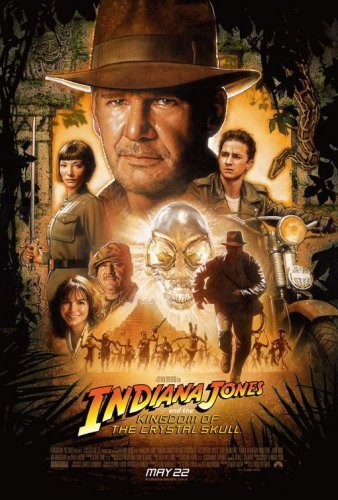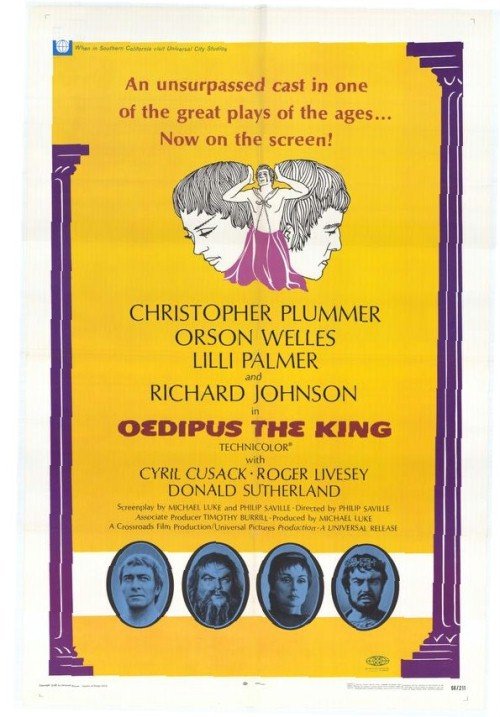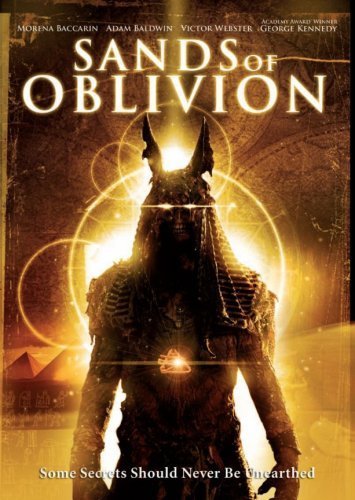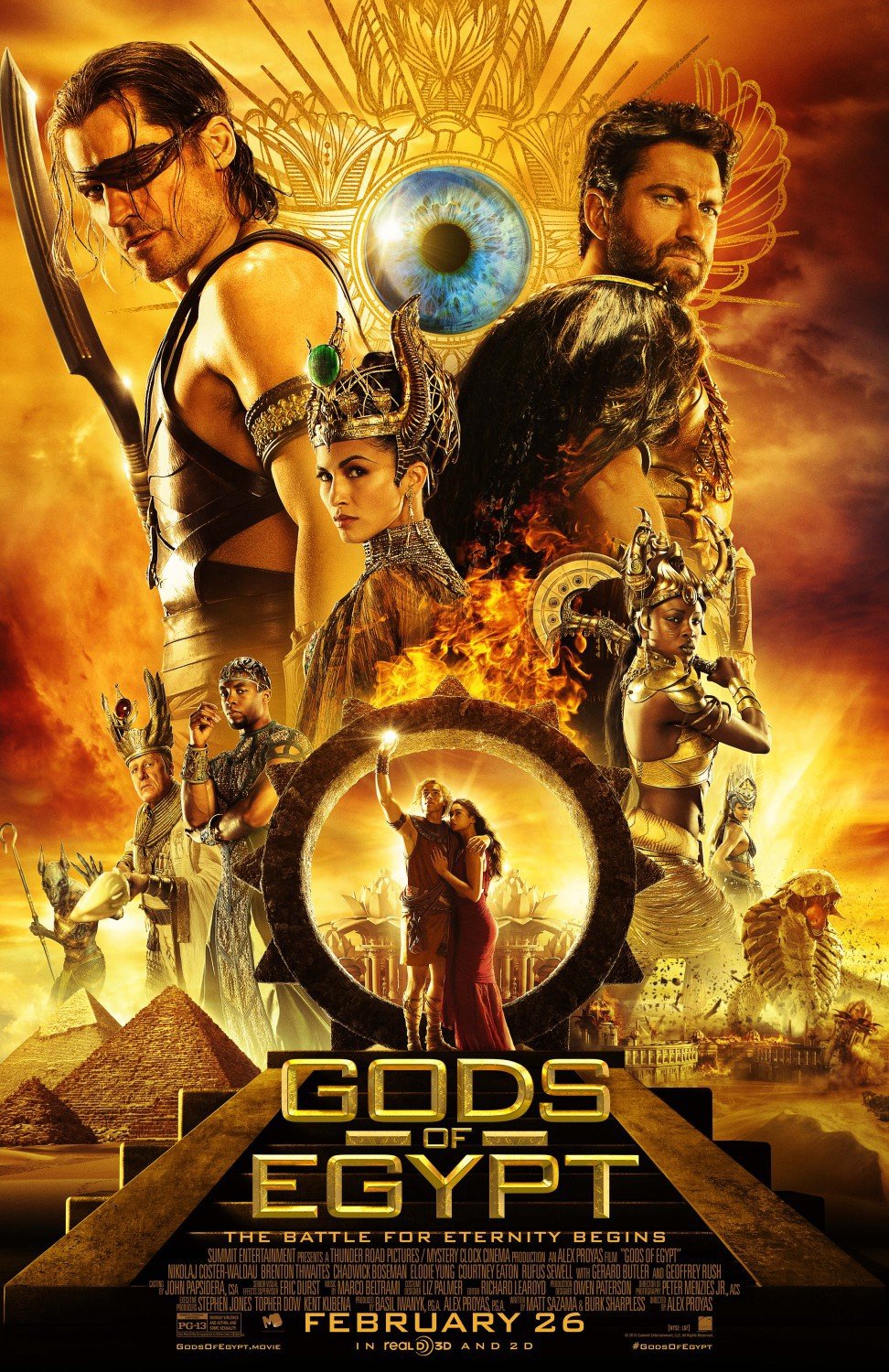Famous Myths
The Great Flood
A flood myth also known as deluge myth is a narrative in which great flood, usually sent by a deity or deities to destroy civilizations as an act of divine retribution. Flood myths are common across a wide range of cultures, extending back to Bronze Age and Neolithic prehistory.
Creation Myths
Every mythology has its own version of creation myths, or other wise commonly known as how the world came in to existence. In Egyptian Mythology, the creation myth starts with an egg in the ocean. There was a single egg floating in the ocean and the egg hatched and the son of Ra was born. According to the Indian Mythology, the universe was created by Lord Brahma out of himself.
Epic cosmic battles
The idea of an unimaginable war that threatens to tear apart the cosmos connects with us so deeply that it still powers our epic stories. The Lord of the Rings, Avengers, Hobbits, and countless others all feature this age-old trope. It can be found in the legends of almost every ancient culture.Vampires
Vampires are blood sucking creatures human like with large fangs.
The Atlantis Myth
We all know the myth of Atlantis: a utopian city wiped out in a single night thanks to an unearthly cataclysm. But Atlantis is only the most famous of mythical lost cities. Near-identical stories crop up with such regularity that it’s tempting to think they must be somehow related.Take Iram (also known as Ubar). A fabled city in the deserts of modern Saudi Arabia, Iram is said to have been wiped out in a single night when Allah buried it under a flood of sand. In other words, it’s the Atlantis myth translated to a world without water. Then you have Ys off the coast of France, which was supposedly flooded around the 5th century by a mythical warrior king. And that’s before we get onto the story of Sodom and Gomorrah and the Hindu myth of Tripura, which both involve gods wiping out immoral cities in a rain of fire.In short, the idea of a city obliterated overnight is so powerful it seems to show up everywhere. Are these half-remembered tragedies with some basis in fact (like Pompeii) or just stories that play to the apocalyptic fantasist in all of us? We’ll leave it to you to decide.
Resurrection
Jesus’s resurrection is the big selling point of Christianity, a unique moment that established Christ as the one true savior. At least that’s the idea. In reality, the idea of a dying deity or important human who is later resurrected has been around for millennia.Most famously, this includes the story of Osiris, the ancient Egyptian god whose birth was heralded by a star, who was betrayed by a friend, was murdered, and was later resurrected. But there are less explicit versions too. The Greek cult of Dionysus had their figurehead killed off every two years, only to rise again at a later date. Persephone also died regularly, and many pagan traditions from Scandinavia to Central America involved gods dying and returning to life or men dying and coming back as deities.Perhaps most interestingly of all, a historical tablet known as “Gabriel’s Revelation” allegedly tells the story of a Jewish rebel known as Simon who was killed by the Romans, only to be resurrected three days later. The catch? It was written in 4 BC, over 30 years before Jesus allegedly pulled off the same trick. Either it’s a mistranslation, or the Son of God was building on centuries of groundwork by other deities.
Mythical Creatures
Dragons are likely the most traveled creature in all of mythology. Even more than vampires, they have a habit of turning up in societies and cultures so far apart in time and space you’d think it was impossible. There are ancient Sumerian tablets that record the act of dragon-slaying, Greek tales of dragons cavorting with other monsters, and an entire science built around the uses of their bones in China. In Central America, the Mayans worshipped the feathered snake Quetzalcóatl, while both Norse and Christian mythologies specifically mention dragons.As late as 1886, Victorian scientists still held that dragons had once existed but had gone extinct. Not until dinosaurs became firmly established in the public mind did people see the probable link between ancient fossils and dragon myths. Currently, our best guess is that various cultures all stumbled over dino bones at some point and translated them into gigantic mythological beasts.
The Hero’s Quest
Thanks to the occasional self-indulgent movie adaptation, most of us probably have a vague knowledge of the poems of Homer. Considered the earliest examples of Western literature, his Iliad and Odyssey are epic myths of tortured heroes fighting their way across oceans and continents in search of metaphorical salvation—and they appear in near-identical form in almost every culture.It’s called the “hero’s journey,” and just about all epic stories throughout history have followed the specific model. Famously, George Lucas deliberately based the first Star Wars on it, and you can find its influence in The Lord of the Rings, the Oz books, and even Harry Potter. But this archetypal myth was around even before fancy-pants anthropologists handed it over to lazy scriptwriters.The Sumerian Epic of Gilgamesh, the story of Sinbad the Sailor in the 1,001 Nights, the legend of King Arthur, the tale of the Argonauts . . . all of these and plenty more fit the structure of the hero’s journey just like Homer’s awesome poems above. In fact, nearly every single culture in recorded history has myths that fall into this category. Even Moses’s epic wanderings in the Bible fit this model. We as a species truly are lazy storytellers.
Underworld
Cultural myths don’t just entertain us and record historical events. They also serve to explain why the world is the way it is. Hence the prevalence of stories designed to give a reason for some mystery of existence.In the Bible, we have the Tower of Babel, which explains why we have different languages. God’s speech prior to expelling Adam and Eve from Eden is another example, giving a reason for both the agony of childbirth and why ancient man had to toil all day in the fields. Wander across traditions into the stories of the Ancient Greeks and the legend of Prometheus demonstrates why fire is so valuable, while the story of Pandora gives a reason for the existence of disease and suffering.Start looking for them and you’ll find these explanatory myths scattered across every culture in history. There are myths that explain why rhinoceroses have no hairs, why incest is forbidden, and how medicine came into existence. Anything you can think of has some poetic explanation somewhere. In an unscientific age, poetry was often all we had.
Apocalypse
Everything that begins has an end, and our ancient ancestors knew that as simply as we do. No surprise then that most cultures carry an End of Times myth to counter their creation story—a sort of consolation prize for those who won’t live to see the actual end (i.e. everyone).For Christians, this apocalypse is a gigantic epic that plays out over many, many years and involves so many disasters, wars, and calamities that it’s hard to keep track. Same with the Norse Ragnarok, which is a collection of disasters and battles that results in the Earth being drowned and recreated afresh. In Hinduism, it’s another epic battle followed by a rebooted universe, while Buddhism annihilates the world in a pyrotechnic fireworks display so amazing it deserves its own Michael Bay film.In other words, most humans throughout history have lived with their own personal vision of the end of everything, one that makes sense in the context of their lives and cultures. And that’s all these myths really are: ways for us humans to make sense of the world we live in, no matter when or where we are. It’s just an added bonus that some of them make absolutely awesome stories, too.








